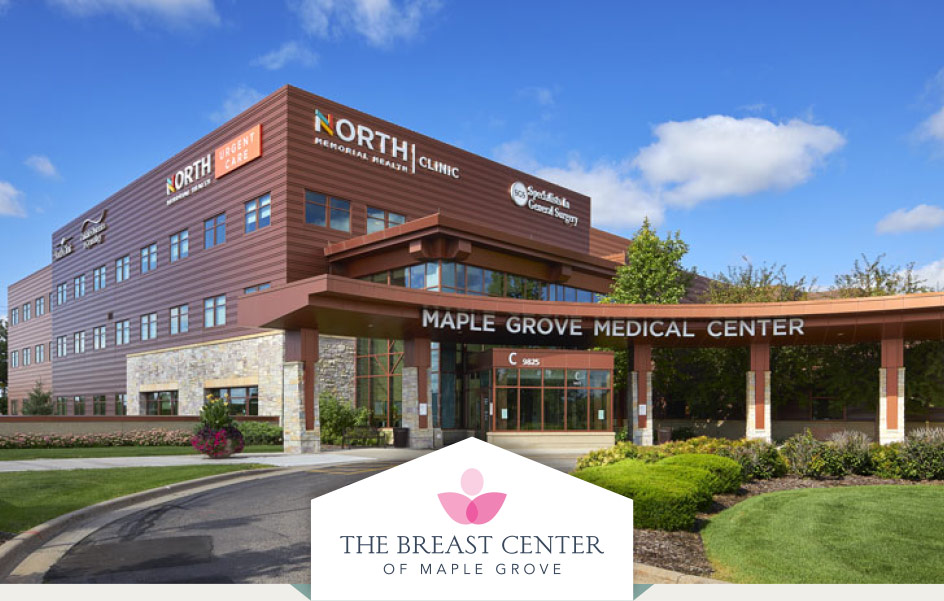Did you know that in 38 states, including Minnesota, the law requires providers to notify patients of their breast density status following a routine mammogram? You may have received such a letter recently, prompting a Google search on the subject that brought you here.
Well, you’ve come to the right place, and let us remind you that you’re not alone. In fact, it might surprise you to learn that 45% of women between the ages of 40 and 74 have dense breasts. Yet, although nearly half of American women have dense breasts, many are still unaware of what it means. And if you did receive a letter, you may be wondering, “okay, now what?”
In this article, we’ll discuss everything you need to know about breast densities and how to take a protective role in your women’s health journey.
First, let’s define what we mean by breast density.
Breasts consist of three types of issues:
- Fibrous connective tissue
- Glandular tissue
- Fatty tissue
Following a mammogram, a radiologist will examine your fibroglandular density—this is a measurement of how much of the connective and glandular tissue make up your breast tissue.
Women with dense breasts have more fibroglandular tissue than fatty tissue. In contrast, women with more fatty tissue than fibroglandular tissue have less dense breasts.
What Are Scattered Fibroglandular Densities?
Mammogram screenings may also show some women to have scattered fibroglandular breast tissue. This means the breasts contain a mix of fatty and fibroglandular tissue, but the breast tissue is still primarily fatty. This is actually quite common, as more than 40% of women have scattered fibroglandular breast tissue.
Scattered Fibroglandular vs. High Fibroglandular Tissue
Breast cancer is more likely to be visible on a mammogram if your breast tissue is mainly fatty or has scattered fibroglandular tissue.
On the other hand, if your mammogram shows you have a high fibroglandular density (i.e., dense breasts), cancer may be more challenging to detect.
The reason? On a mammogram image, fatty tissue appears black while dense breast tissue looks white. Breast abnormalities and cancer also appear white on a mammogram image; therefore, having dense breasts makes it harder to tell the difference. Furthermore, abnormalities and cancers can also “hide” behind the dense breast tissue.
To put it simply, abnormalities and cancers are often more visible against a black background (i.e., fatty tissue) vs. a white background (i.e., dense breasts).
Therefore, awareness is key! Knowing your breasts (via breast self-exams and annual mammograms) and understanding the risk factors associated with breast cancer can help you and your healthcare team recognize any changes early on and make better-informed decisions.
How Do I Know If I Have Dense Breasts?
As mentioned, in Minnesota and 37 other states, patients that receive a mammogram must obtain a letter informing them of their fibroglandular density.
How Do Mammograms Detect Breast Tissue Density?
Radiologists can determine a woman’s breast density through medical imaging, which can be broken into one of four categories:
- Mostly Fatty Tissue
- Scattered fibroglandular breast tissue
- Heterogeneous density breast tissue (as with scattered fibroglandular tissue, this is also a mix of tissue, but the majority is dense).
- Extremely dense breast tissue
These categories are based on the Breast Imaging Reporting and Data System (BI-RADS).
Should I Still Get a Mammogram If I Have Dense Breasts?
Yes! Mammograms have been proven to save lives with all types of breast densities. Screening mammograms are the gold standard in early breast cancer detection, and all women are strongly encouraged to get an annual mammogram starting at age 40, regardless of breast density.
What Else Can I Do to Prevent Breast Cancer?
When you make your mammogram appointment, remember that breast health isn’t something to think about just once a year. Instead, women of all ages should conduct a monthly breast self exam, as it’s important to check yourself regularly and tell your doctor if you notice any changes in your breasts.
I Have Dense Breasts. Now What?
The first step is simple: don’t panic. Remember that dense breasts are common, but it doesn’t mean anything is wrong. It just means you’ll need to talk to your healthcare team and take a more proactive role in your breast health.
Because women with dense breasts have an increased risk for breast cancer—due to the denseness possibly causing obscurity in the mammogram images—it’s important to stay informed and aware of your breath health and any sudden changes. Again, you can achieve this via regular breast self exams and annual mammograms.
Based on your breast density and other risk factors, you and your doctor can then decide if additional medical imaging exams are appropriate next steps.
Schedule Your Mammogram
At The Breast Center of Maple Grove, we make it easy to fit your annual mammogram into your busy schedule with convenient same-day appointments every Monday through Friday, beginning at 7:30 a.m.-5:00 p.m.
We also offer extended hours from 7 a.m.-8 p.m., on Tuesdays and can welcome walk-ins.
Our team is here to support you, answer your questions, and help you find the breast screening solutions you need to stay informed and proactive in your health and wellness journey.
If you’re overdue for an annual mammogram or have questions about dense breasts, you can make an appointment now, or walk right into our center during business hours.

